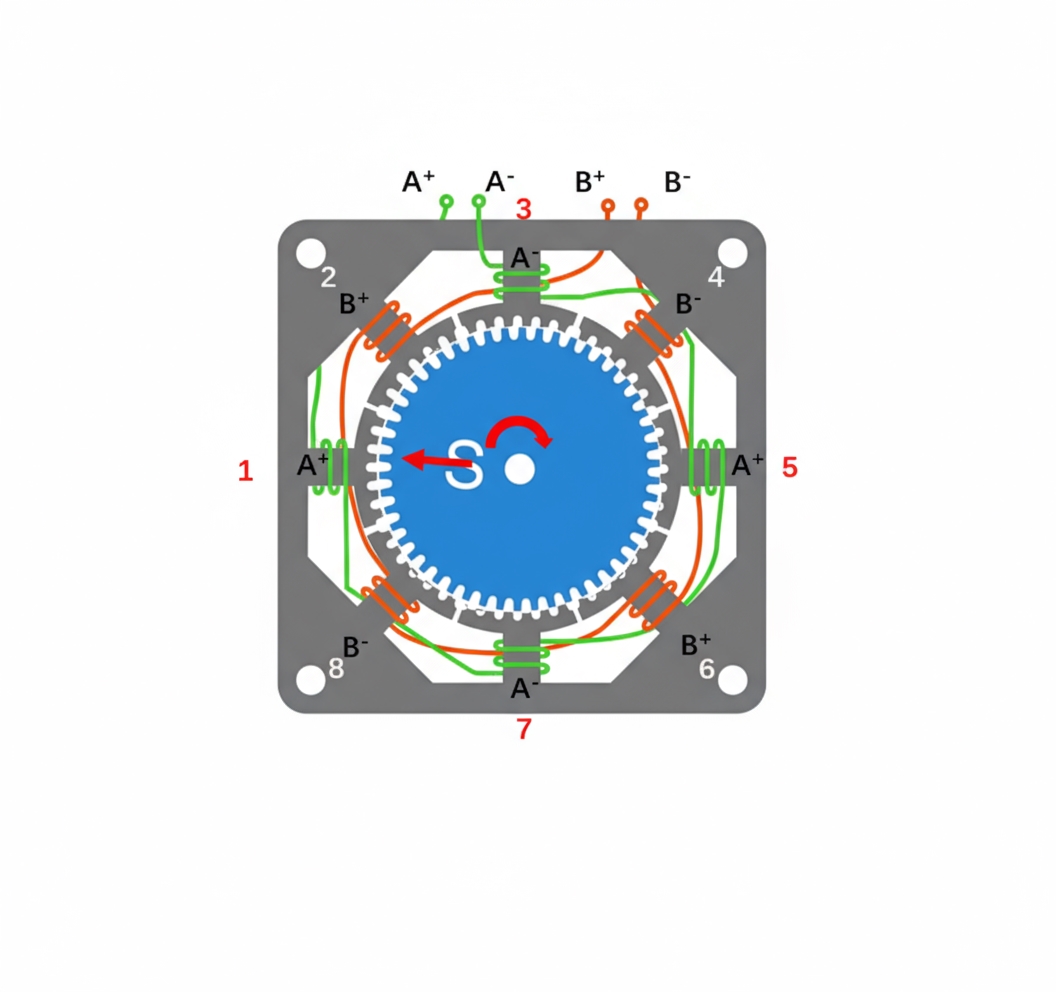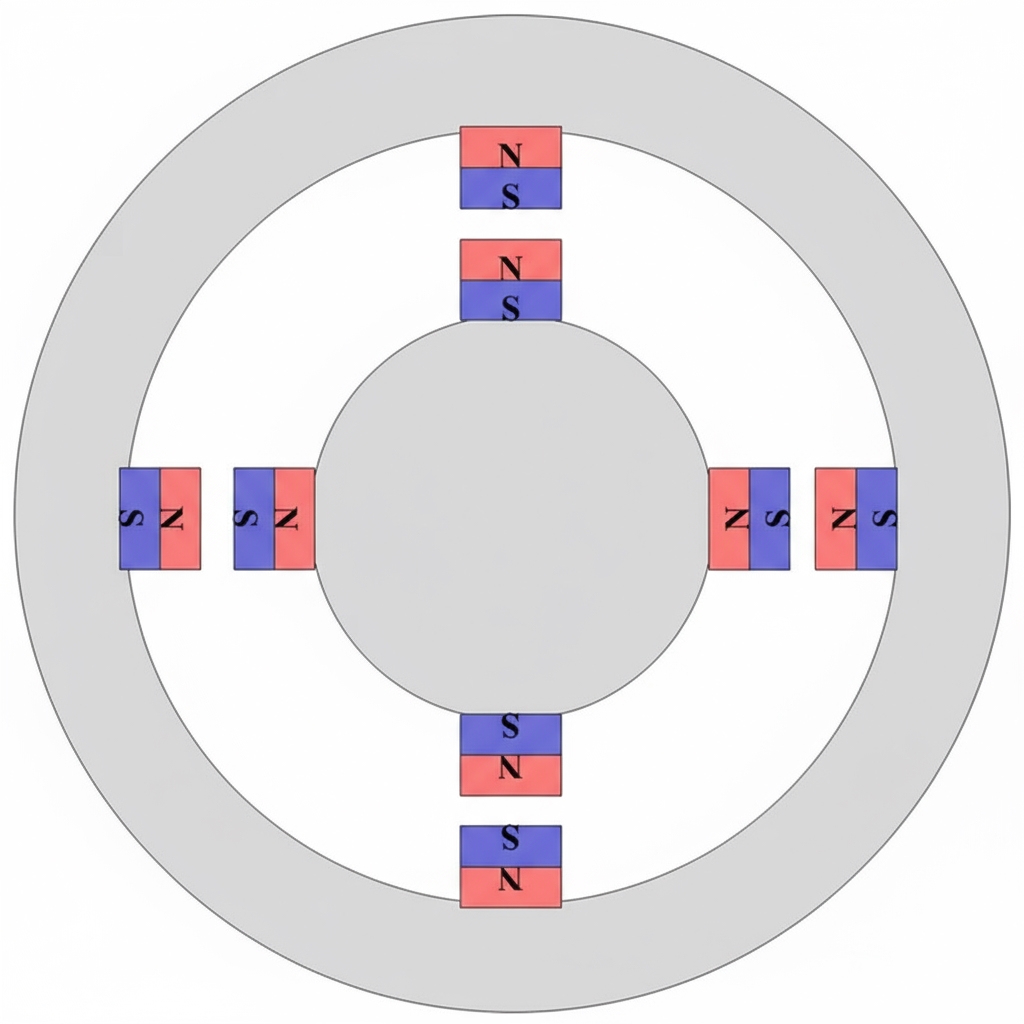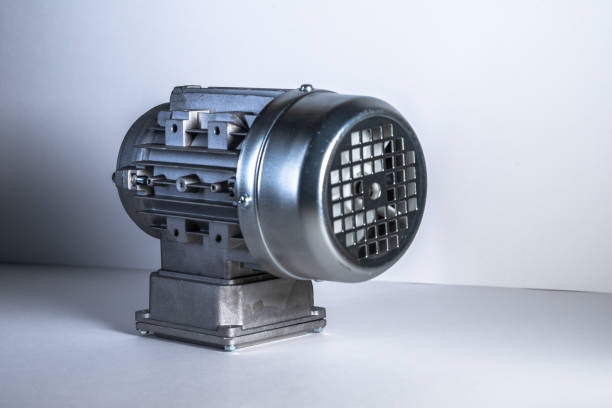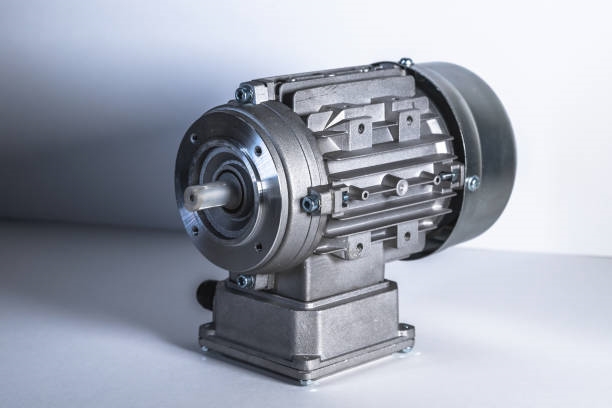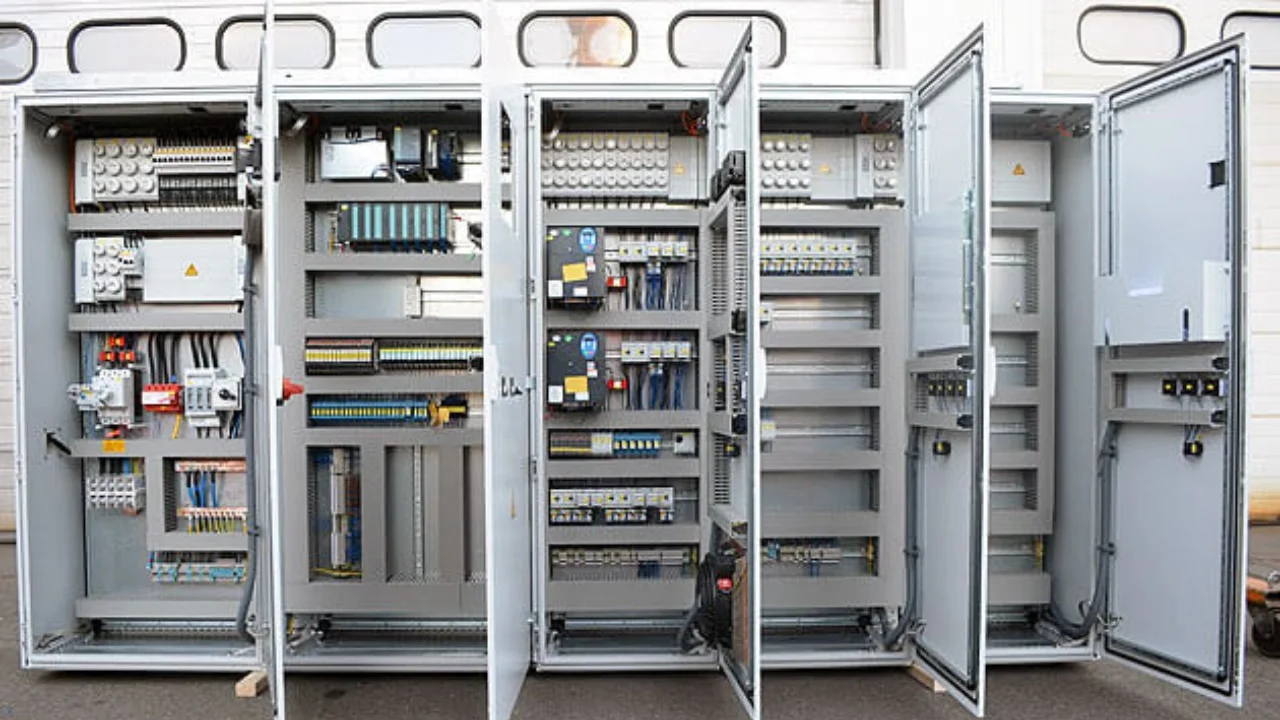Geometric camera calibration (GCC) is essential for applications requiring precise mapping between real-world points and their image projections, such as robotics, remote sensing, and endoscopy. This article evaluates six target-based GCC tools¡ªBabelCalib, Basalt, Camodocal, Kalibr, MATLAB Calibration Toolbox, and OpenCV-based ROS Calibration¡ªusing simulated and real data with wide-angle and fisheye lenses. It examines camera models, calibration targets, and algorithms, highlighting their strengths, limitations, and future research directions.
Introduction
GCC determines the geometric relationship between incident light rays and image pixels, a critical process in computer vision, IoT, and robotics. Since the 1970s, GCC has been extensively studied, driven by evolving application needs. Cameras are categorized by angle of view (AOV): conventional (¡Ü64¡ã), wide-angle (¡Ü100¡ã), fisheye, and panoramic (¡Ý180¡ã). Conventional and wide-angle cameras typically use the pinhole model, while fisheye and panoramic cameras require specialized models due to significant distortion.
Cameras are further classified as central (with a single effective viewpoint) or non-central. Central cameras include conventional, fisheye (¡Ü195¡ã), and catadioptric systems combining lenses and mirrors. Non-central cameras, such as those with spherical mirrors, are less common. Camera models range from global models with fewer parameters to generic local models with thousands, like B-spline models. This article focuses on conventional, close-range grayscale or color monocular cameras, as their calibration methods are widely applicable.
Camera Calibration Components
Key concepts in camera calibration include:
- Focal Length: Distance between the optical center and sensor, critical for central cameras.
- Optical Axis: Line through the optical center, perpendicular to the sensor, defining the imaging centerline.
- Image Plane: Sensor plane, typically inverted in pinhole cameras, forming the imaging surface.
- Mirror Axis: Symmetry axis in catadioptric cameras.
- Angle of View (AOV): Maximum angle of light entering the lens, categorized as horizontal, vertical, or diagonal.
Camera Models
Camera models vary by application and lens type. Global models, dominant in GCC tools, use closed-form functions with up to 100 parameters, affecting all projections uniformly. Examples include:
- Pinhole Model: Suitable for wide-angle cameras (AOV ¡Ü100¡ã), with minimal distortion.
- Fisheye Models: For AOV ¡Ý100¡ã (up to 280¡ã), like KB and FOV models, addressing significant distortion.
- Panoramic Models: For AOV ¡Ý180¡ã, supporting catadioptric systems.
- Generic Local Models: Use thousands of parameters (e.g., B-splines) for high accuracy but lack widespread tool support.
Global models are favored for simplicity and compatibility with structure-from-motion (SfM) packages, while local models excel in accuracy for complex distortions.
Calibration Targets
Calibration typically uses artificial targets for precision. Common targets include:
- Checkerboard: Black-and-white squares; corner detection requires full visibility.
- Circular Grid: Symmetrical or asymmetrical circles; center detection may suffer from perspective bias.
- Charuco Board: Combines checkerboard and Aruco markers for robust detection despite occlusions.
- AprilGrid: AprilTag array with black square connectors, offering occlusion resistance.
- Deltille Grid: Triangular pattern with high corner density, limited by tool support.
Calibration Algorithms
Algorithms are divided into traditional geometric methods and learning-based approaches. Traditional methods, like Direct Linear Transformation (DLT) and iterative refinement, offer high precision. Learning-based methods are more flexible but complex. Calibration approaches include:
- Target-Based: Uses artificial targets with linear initialization and non-linear refinement.
- Natural Scene Mapping: Relies on 3D reconstruction for rough parameters.
- Self-Calibration: Uses environmental features, often with bundle adjustment for accuracy.
Calibration Tools
Evaluated tools include:
- BabelCalib: Monocular tool using reprojection models, handles outliers with Huber loss.
- Basalt: Supports multiple models, uses Levenberg-Marquardt and Huber loss.
- Camodocal: Supports monocular/stereo, uses Cauchy loss, extensible for targets.
- Kalibr: Selects informative images, removes high-reprojection-error corners.
- MATLAB Calibration Toolbox: User-friendly GUI, supports multiple targets, uses Huber loss.
- ROS Calibration (OpenCV): Wraps OpenCV functions, supports interactive/batch modes and multiple targets.
Self-calibration tools, like colmap and Agisoft Metashape, integrate with SfM pipelines, supporting various models.
Evaluation and Findings
Testing revealed:
- Outlier Handling: Critical for optimization-based tools, especially in blurry images. Most tools manage outliers effectively.
- Model Support: Camodocal, Kalibr, and MATLAB support pinhole radial-tangential models well. BabelCalib and Camodocal excel with KB-8 models. Mei model shows parameter instability.
- Accuracy: KB-8 model is preferred for large AOV cameras due to robust support and accuracy.
Future Directions
Promising research areas include:
- Interactive Calibration: Real-time quality checks and data selection, as in AprilCal.
- Static Calibration: Using active targets or robotic arms to reduce manual effort.
- Scene-Based Calibration: Self-calibration or map-based methods to align lab and in-situ settings, leveraging engines like colmap.
 ALLPCB
ALLPCB


